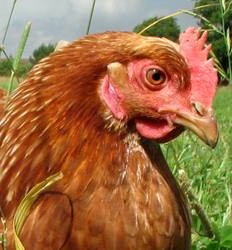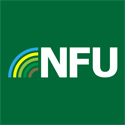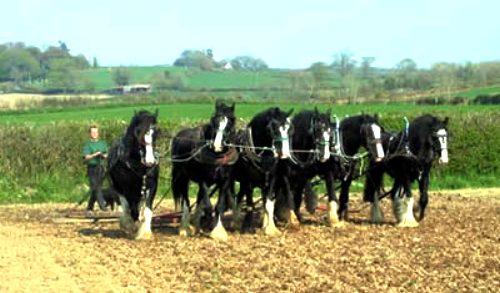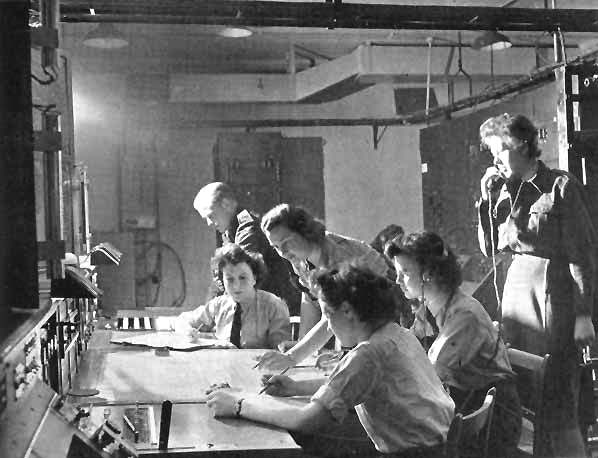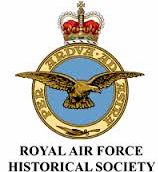|
RADAR FARM SERVICES LTD
|
|||
|
Horses were used to plough the fields and sow the crops
EGGS - When available (dependent on laying) may be collected from the farm entrance, or can be delivered locally within a 3 mile radius. Prices are marked at the entrance, or email us for the latest offers.
HORSES - Are available for export or local slaughter. Email our farm manager for details.
Horses grazing at Radar Farm, Pevensey Levels in October 2014
FARMING SERVICES
We tend our own land and offer our agricultural services to other farms in Sussex. This includes fencing, rolling, ditch clearing and many other services involving tractors and specialist farming machinery. We also offer strategic planning and agricultural business development advice on a confidential basis. Our expert on this subject has defended a number of enforcement actions in the Sussex area, where permitted development rights had become a contentious issue. Our advice is to negotiate in the first instance, to prevent enforcement that may not be appropriate. If you find yourself in trouble, send us an email. The longer you leave it, the more chance you will find your farm blighted - not to mention the horrendous costs that sometimes follow a site clearance.
[Left] a mobile chicken hut - and [right] a chicken ark.
CHICKEN & EGG SITUATION
Our expansion at Radar Farm is currently focused on rearing and producing chickens for the production of the finest free range meat and eggs.
In the current economic climate we are using our limited resources to install hen houses of various types, experimenting to find out what might be the most cost effective. Our aim is to keep our hens as comfortable as possible, because happy hens produce the tastiest eggs.
When you drive past, give a thought to the history that we have reproduced below, and is featured on many other websites operated by amateur archaeologists and historians. Buying our eggs will help us in the long-term, to do what we might to conserve the historical buildings on our farm. It's going to take a lot of money, so please help us if you can buy purchasing our produce.
CONTACTS
The Farm Manager Radar Farm Services Ltd Wartling Road Pevensey Levels BN27 1SA
Email: farming@bushywood.com
LEFT: We take unhappy hens, set them free - and make them happy again. RIGHT: A bunch of happy hens, helping RAF pilots to shoot down V1 rockets before they hit London.
During the 2nd World War, the Pevensey Levels hosted an underground radar tracking station. The emplacements seen in the photograph above were to protect the early warning station from land attack. The underground installation was flooded the last time our local historian visited. These remains are of historic importance. The above ground buildings on the adjacent hill have been converted to residential use.
This
is RAF Pevensey, and earlier radar station, replaced by RAF Wartling, when
the technology became outdated. During 1956/1957 a Decca Type 80 Mk. III search radar was
installed at RAF Wartling, replacing the earlier Type 7. The Type 80 was developed in the early 1950's from an experimental design based on the Type 14 Mk VI under the project code name Green Garlic.
Radar Farm in roughly half way between the above radar stations, with some interesting ground installations extant on site. Please use the links above to read more about what was the first ever early warning radar station in the world.
RAF Wartling - Plan of the MkIII sub-station bunker showing the general layout - the extant remains are not of course preserved with all the equipment in situ.
RAF WARTLING R7 MkIII ROTOR RADAR
This is a view from what is now Radar Farm, from the underground bunker (R7) to Bunker Hill. Rather strangely, this archaeological site is also designated as a Site of Special Scientific Interest (SSSI) for the protection of Lapwings, where this bird would not find such a site of any interest whatsoever, preferring open marshland. Bunker Hill is not included in the erroneous SSSI. See the T7 pictures below taken in October of 2014, to compare.
Without their access tracks, such site of archaeological interest are not complete. Natural England are seeking removal of tracks on the adjacent Lion Farm, simply because they did not know they were there previously (how with all the extant RAF Wartling buildings), possibly due to the fact that they carried out no survey and contacted none of the experts, such as English Heritage. This is a shared access track to Radar Farm, lest Natural England seek to deny the track ever existed. It's the old local land charges swindle all over again.
This is the T7 at Radar Farm in 2014. The radar workings have long since been removed, but the mountings are extant and just visible in the picture on the left. This pattern of building is repeated in a number of other RAF locations around Britain.
LINKS & REFERENCE
http://www.equinerescuefrance.org/campaigns-2/horsemeat-in-france/ https://www.gov.uk/keeping-horses-on-farms http://www.telegraph.co.uk/news/uknews/1550742/We-should-eat-horse-meat-says-Ramsay.html http://www.fwi.co.uk/business/horsemeat-scandal/ 28 days later RAF-Wartling-R3-GCI-ROTOR-Radar-Station-12-7-07 http://www.28dayslater.co.uk/forums/showthread.php/16796-RAF-Wartling-R3-GCI-ROTOR-Radar-Station-12-7-07 http://www.subbrit.org.uk/rsg/sites/w/wartling/index1.html http://www.subbrit.org.uk/rsg/sites/w/wartling_r7/ http://www.subbrit.org.uk/sb-sites/sites/p/pevensey_chain_home/index.shtml
|
|||
|
Copyright © Radar Farm Services Ltd 2014. Registered in England and Wales. Company number 8759752 |
|||
|
|
|||
